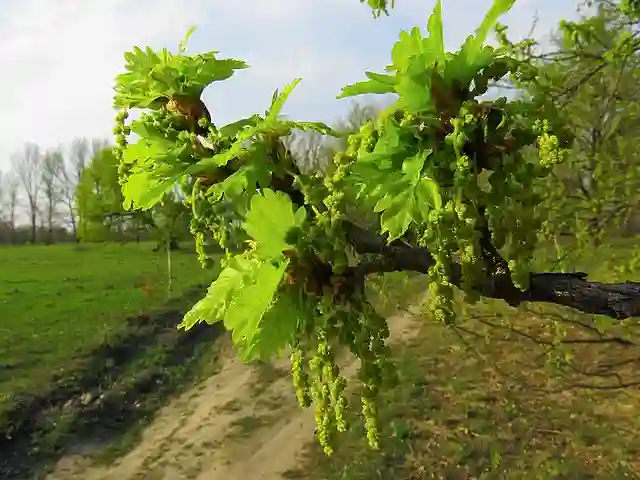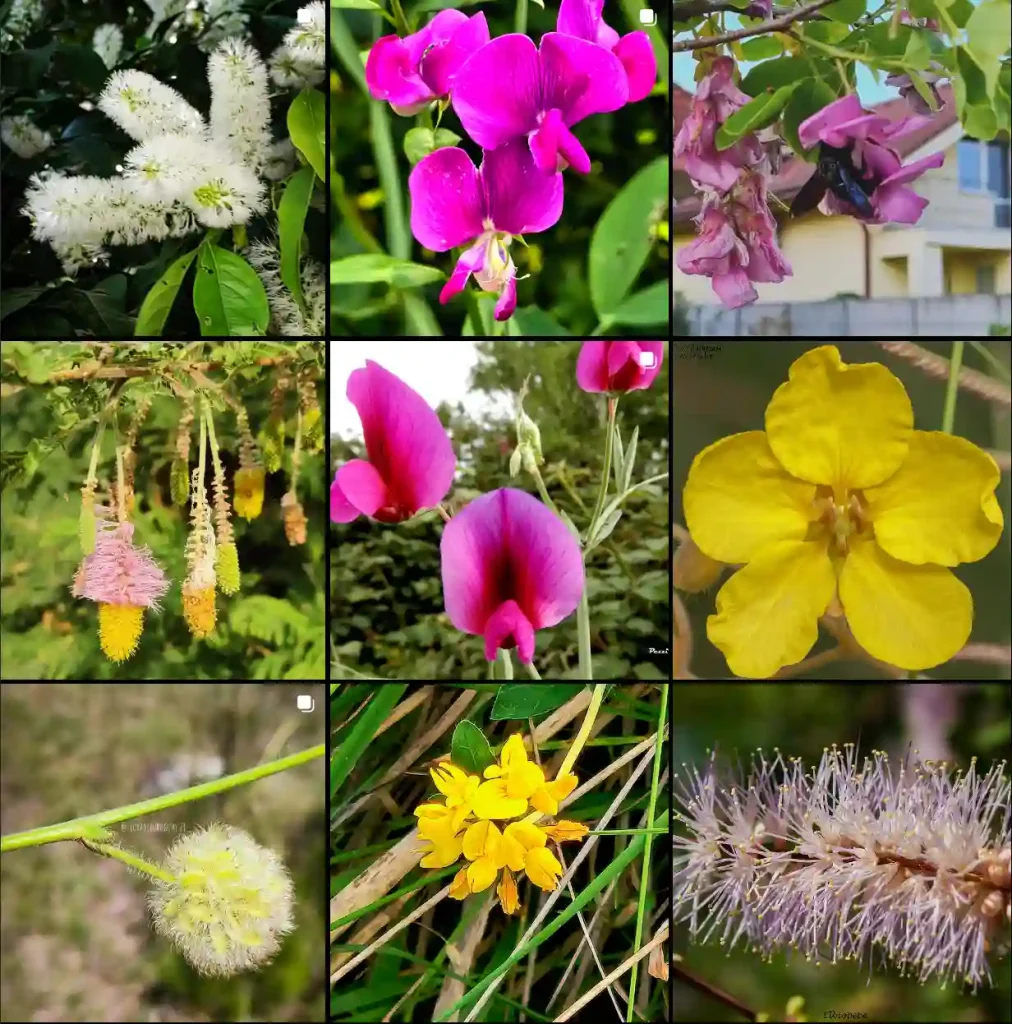FAQs About Iva Hayesiana
Iva Hayesiana, also known as Hayes’ marsh elder, is a unique and hardy plant that often piques the interest of gardeners and plant enthusiasts. As someone who has spent time growing and researching this fascinating plant, I’d like to share some of the most frequently asked questions about it. I hope this information helps you get the most out of your experience with Iva Hayesiana.
10 Species in Genus Iva
What Is Iva Hayesiana?
Iva Hayesiana is a perennial herb native to the southeastern United States. It belongs to the Asteraceae family, which is the same family that includes sunflowers and daisies. This plant is known for its tall, upright growth habit and its attractive, small, yellow-green flowers. It thrives in wet, marshy areas and is well-adapted to a variety of soil conditions.
How to Care for Iva Hayesiana?
Caring for Iva Hayesiana is relatively straightforward, but there are a few key points to keep in mind to ensure it flourishes.
- Sunlight: Iva Hayesiana prefers full sun to partial shade. It can tolerate a range of light conditions but will grow best in bright, direct sunlight.
- Watering: Since this plant is accustomed to wet environments, it requires consistent moisture. Ensure the soil remains damp, especially during the growing season. Avoid letting the soil dry out completely.
- Soil: This plant adapts well to various soil types but thrives in rich, well-drained soil. It can handle slightly acidic to neutral pH levels.
- Temperature: Iva Hayesiana is hardy in USDA zones 7 to 10. It can withstand frost but prefers milder temperatures.
How to Propagate Iva Hayesiana?
Propagating Iva Hayesiana can be done through several methods:
- Seed Propagation: Sow seeds directly into the soil in the spring after the last frost. Lightly cover the seeds and keep the soil moist. Germination typically occurs within 2-4 weeks.
- Division: In early spring or fall, you can divide established plants. Carefully dig up the plant, separate the root clumps, and replant them in their new locations.
What to Plant With Iva Hayesiana?
Iva Hayesiana pairs well with other wetland and bog plants. Here are a few suggestions:
- Sedges: Plants like Carex spp. complement Iva Hayesiana’s wetland habitat and add textural contrast.
- Rushes: Juncus spp. can enhance the marshy look of your garden.
- Pickerel Weed: Pontederia cordata provides a vibrant splash of color and thrives in similar conditions.
Benefits of Iva Hayesiana
Iva Hayesiana offers several benefits:
- Erosion Control: Its extensive root system helps stabilize soil and prevent erosion, making it ideal for riparian zones and wetlands.
- Wildlife Habitat: The plant provides habitat and food for various insects and birds, contributing to local biodiversity.
- Low Maintenance: Once established, it requires minimal care, making it a practical choice for low-maintenance gardens.
Is Iva Hayesiana Toxic?
No, Iva Hayesiana is not known to be toxic to humans or animals. It is generally considered safe for gardens and outdoor spaces where pets and children might be present.
Common Problems with Iva Hayesiana
While Iva Hayesiana is relatively hardy, it can encounter a few issues:
- Pests: Watch for aphids and spider mites, which can occasionally infest the plant. Regular inspection and appropriate treatments can manage these pests.
- Disease: Root rot can occur if the soil is not well-drained. Ensure proper soil conditions to prevent this issue.
Compare with Other Similar Plants
If you’re considering Iva Hayesiana, you might also be interested in similar plants:
- Iva annua: Known as the Annual Marsh Elder, it has a similar appearance but is usually shorter and less robust. It prefers a drier habitat compared to Iva Hayesiana.
- Iva frutescens: This species, also called the Black Needlerush, shares similar wetland characteristics but typically has a more shrub-like form.
I hope this overview of Iva Hayesiana helps you understand and appreciate this fascinating plant. Whether you’re adding it to a wetland garden or using it for erosion control, it’s a versatile and beneficial addition to any garden.
If i die, water my plants!



